Get students to determine whether a force is a push or a pull with this engaging digital game for Grade 3 science lessons.
Is It a Push or a Pull?
Are you delving into the wonderful world of physical science with your students? The topic of forces and motion covers a wide range of topics such as magnetism, friction, gravity, electrostatics and many more. But before your students delve into any of those, they will need to understand the most fundamental concept of forces: that is, a force is a push or a pull that can make objects move in different directions.
This digital science activity has been designed by our teacher team to help your students identify whether a force being exerted on an object is a push force or a pull force. Students will look at the picture on each slide and then decide whether a push or a pull is being applied. Photographs of familiar situations have been used to help students make the connection between their scientific learning and the real world. Some of the examples used are:
- Flying a kite
- Mowing the lawn
- Opening a door
- Tying a shoe
- Riding a scooter
Two multiple-choice options are provided. If students choose the incorrect answer, they are directed to a “Try again” slide, which allows them to return to the previous question for another attempt. If the student chooses the correct answer, they are directed to a “That’s right” slide and progress to the next question. The resource includes 20 questions in total.
Use the dropdown menu to select either the Microsoft PowerPoint or the Google Slides version of this resource. Be sure to operate the presentation in Slideshow mode to enable the interactive features.
This resource makes a great practice activity once your students have already had some experience with push and pull forces in the environment.
Multiple Ways to Explore a Push and Pull on an Object
While designed to be used as an online game, this resource provides a great opportunity to explore pushes and pulls on objects in greater detail.
While it may be tempting to work through the questions one after the other, do look for opportunities to extend your students’ learning by discussing the images on each slide in greater detail. Discussion questions could include:
- What is being shown in the image?
- What object is having a force applied to it?
- Is the object moving toward or away from the person?
- Is the force a push or a pull? How do you know?
Is It a Push or a Pull? Download to Find Out!
Use the download button to access either the Microsoft PowerPoint or the editable Google Slides version of this resource. Project it onto your screen to work through as a class, or assign it to students to work through independently.
Please be aware that you will be prompted to make a copy of the Google Slides file and save it to your personal drive before accessing it.
This resource was created by Lisamaire Del Valle, a teacher in Florida and a Teach Starter collaborator.
More Resources Targeting Push and Pull Forces
Teach Starter has more great resources to save you time when teaching push and pull forces to your class. Click below for some more curriculum-aligned, teacher-created activities!
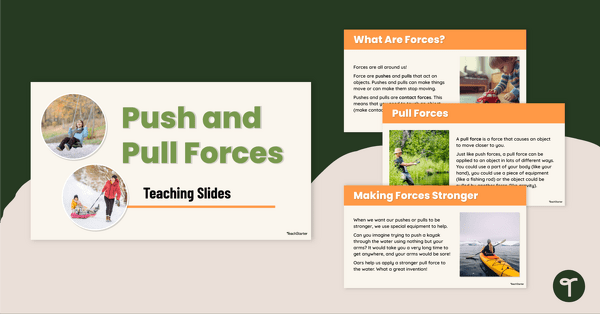
teaching resource
Push and Pull Forces Teaching Slides
Teach your students about push and pull forces with this comprehensive and age-appropriate teaching presentation for elementary school science lessons.
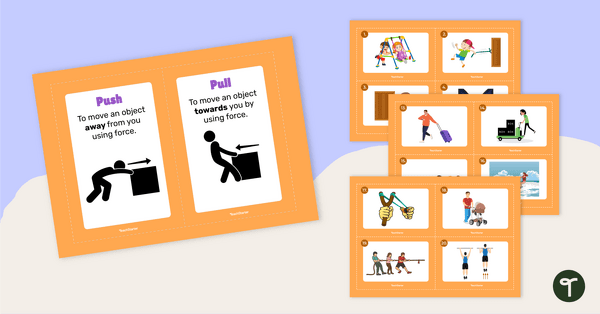
teaching resource
Push and Pull Sorting Activity
Use these push and pull sorting cards as a hands-on activity during your science lessons on forces.
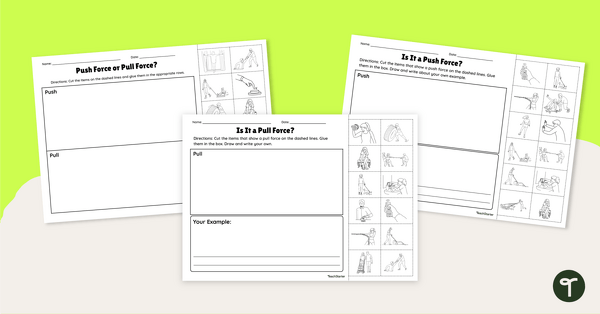
teaching resource
Push or Pull? Cut and Paste Worksheet
Use these push and pull cut and paste worksheets when exploring forces and motion in your science lessons.
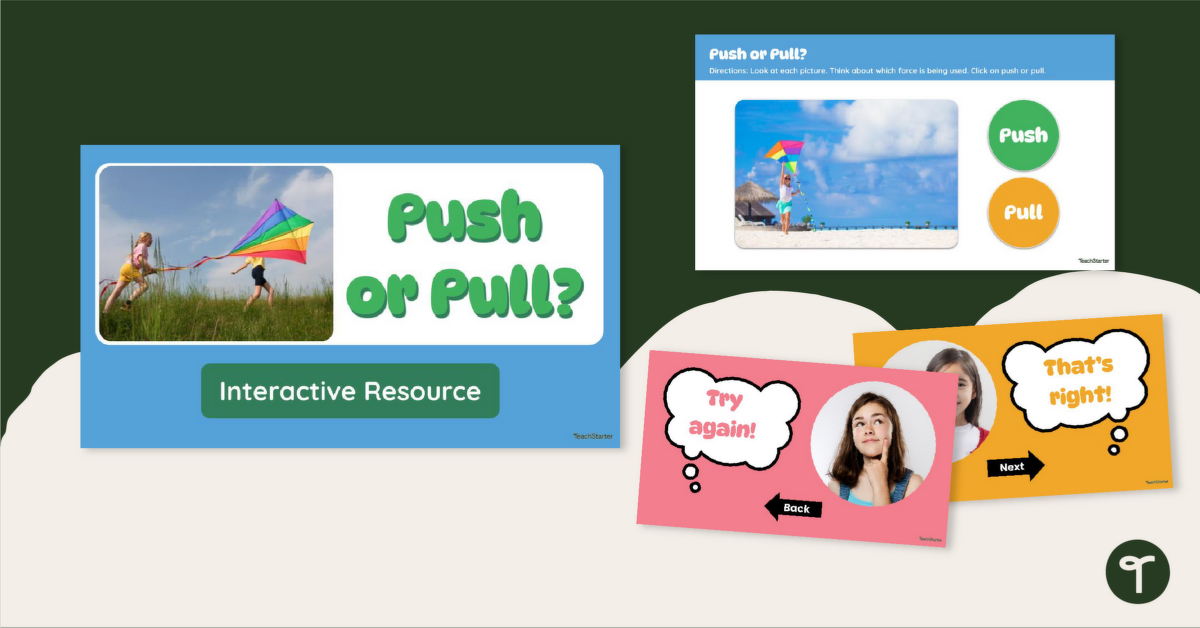

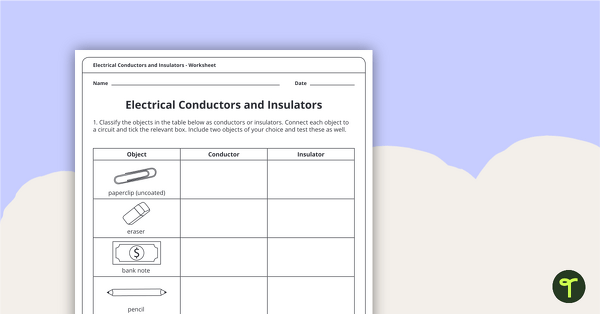
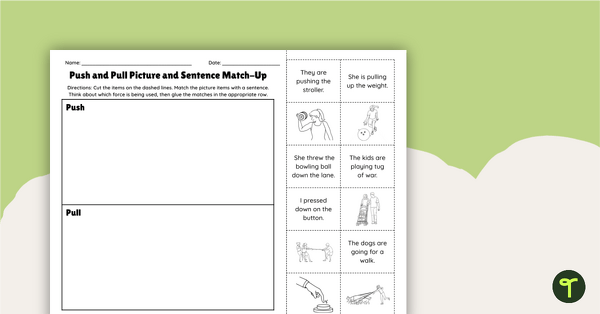
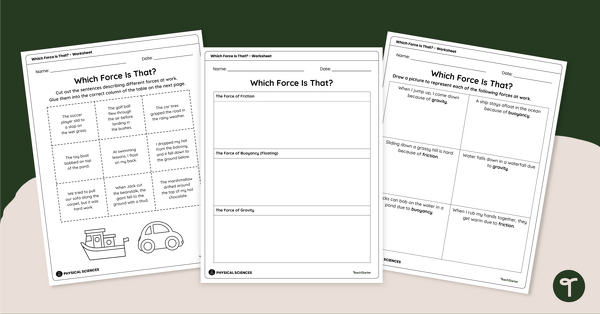
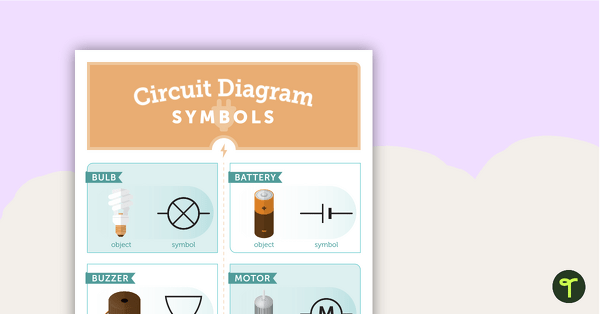
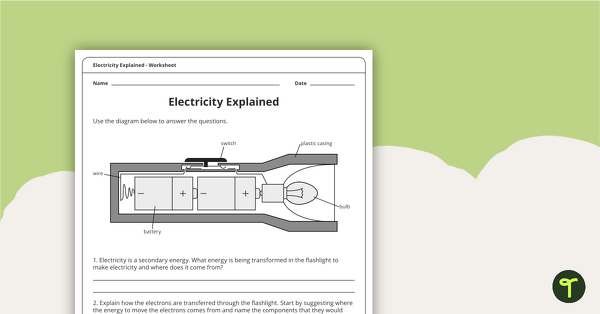

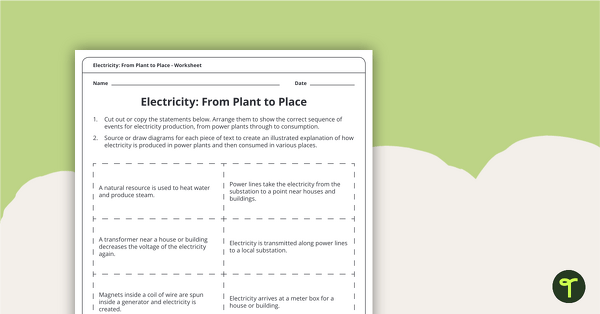

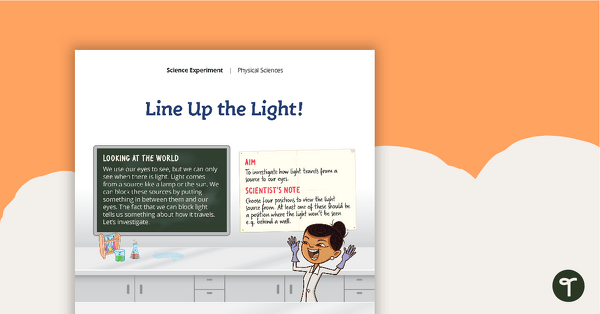
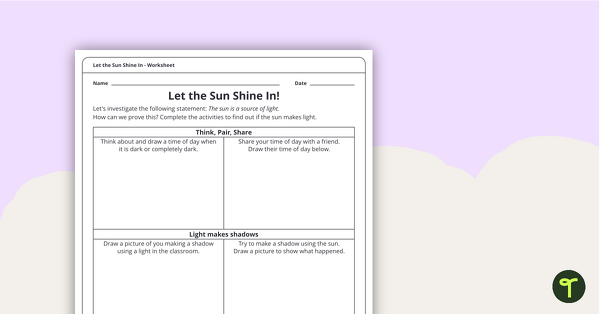
0 Comments
Write a review to help other teachers and parents like yourself. If you'd like to request a change to this resource, or report an error, select the corresponding tab above.